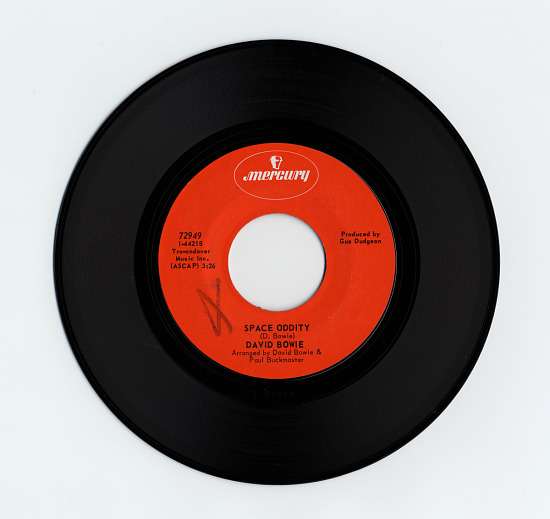You may have heard about the sudden sensation game that is Palworld, or you may have heard its nickname: Pokemon with guns. This game, made by an independent team, has quickly risen in popularity to a shocking level, one that is usually only seen by larger game studios. Brought to the spotlight by both the uniqueness of its concept and how similar to other franchises it looks, as the nickname suggests. But the company behind Pokemon has taken no legal action against Palworld, but has taken down a moded version that adds in Pokemon models, it seems that the controversy has only spread the word further. As of now, the sales for this game are in the 10s of millions, not too far off from the Pokemon: Scarlet/ Violet sales numbers, about 24 million, which was celebrated as Nintendo’s highest-selling game. But with Palworld, the cost is about a third of most Pokemon titles, or free if you have Xbox Game Pass, and being available on PC has made a genre of games accessible in new places.
A little while ago I stumbled across this game. After barely looking into it I was hit with a bit of nostalgia and decided to play some sort of open-world Pokemon game, and I settled on Legends: Arceus. But to my disappointment, I was turned away after not even an hour. Although the game itself was fun the first time I played, it began to feel underwhelming. So I decided to look further into Palworld.
The first thing you notice upon starting the game is that there’s not much handholding. You get the recipe for a crafting bench and nothing else. You don’t even have a starter Pal, as the cartoonish animals in this world are called. And catching one is not going to be simple, as without a pal to hold attention, all their attacks will be aimed at you. Once you catch one, your problems aren’t over, and new ones arise. As you begin to build up a base and explore, you will find some pals far too high-level to fight. Every fight is in real-time – no turn-based combat – and you have limited control over what your partner pal is doing, so team management and paying attention are crucial.
It is only possible to have 5 team members with you as you explore, but as you build and upgrade your base, more and more pals can be left to roam there, doing tasks while you are exploring the world and helping as you make your base bigger and better. Each pal has a set of things they can do. Generating electricity or water is exclusive to certain types, but some, like cutting trees or transporting materials, are based on the pal itself. While pals are deployed at the base, you need to make sure they have places to sleep and food to eat, or else they will be unable or unwilling to do work. With ever-increasingly expensive upgrades to make, there is a delicate balance between productivity and having a healthy workplace, and with considerations for aesthetics and base location, it can get very unhealthy if you let it.
Once you get past the first major boss, the game becomes all about exploration and discovery, as there aren’t side quests or any quests at all. Once you beat the first tower boss, nothing is pointing you in the right direction, and how you play is up to you. At the very start, you are not given an objective, just told that the towers are the key and let loose to find answers and see the world. To help you do this is a series of fast travel points you can’t use from the map, so you will need to find one to use the network. As the game goes on these statues get farther apart, and being able to move fast gets more and more necessary, so riding pals come in.
I like how the game handles riding pals a lot. You don’t have a one-button summon for whatever you need, you unlock each saddle individually. If you want to have a mount that can fly, you need to find a pal that can be ridden and unlock its saddle, as well as keep it on your team. So team management is more than just picking the strongest pals you have. You also need to take into consideration who can do what. And you should probably have a pal that gives off light just in case you can’t get to a fast travel point before night. Or if you are looking for pals that don’t spawn during the day.
The game is in early release, so I have seen a couple of glitches, and some of the animations look incomplete. But overall, it was nothing game-breaking or that majorly affected my enjoyment of the game, and patches seem to be coming out somewhat regularly. On a different note, I want the map to be better, it does not look great and I think there should be a mini-map.
The time I spent in this game was mostly exploring the very large open world and as such, some spaces don’t have much in them. Still, with a lot of environmental variety and monumental landforms, it keeps the experience fresh. Nearly the entire map is rendered at all times, there are some amazing views to be found from mountaintops and other towering natural formations. There have been many times when I have decided to stop exploring just to see a rock formation that looks cool, a brightly colored environment, or a new type of pal, and decided to keep going for a little longer.
While I was playing this game, I never felt like I didn’t have anything to do. Between filling in the map, managing my base, gathering resources, and attempting to level up, the pacing of gameplay makes frequent changes between them pretty ideal, so it’s hard to get bored. At times that I want to explore, I find either a Pal unconscious or my inventory full, so a quick stop at my base is necessary, and I always find myself building and crafting for a good while before I get back to the wilderness. How (well) exploration is broken up is a big factor in how long I play games on any given day and overall. The way breaking up happens works quite well to keep me engaged.
Despite a less-than-glitchless experience, I have had a lot of fun playing this game, even getting my sibling into playing it. I would recommend it to anyone who enjoys open-world games, games that revolve around base building, or fans of the creature-catching genre.









